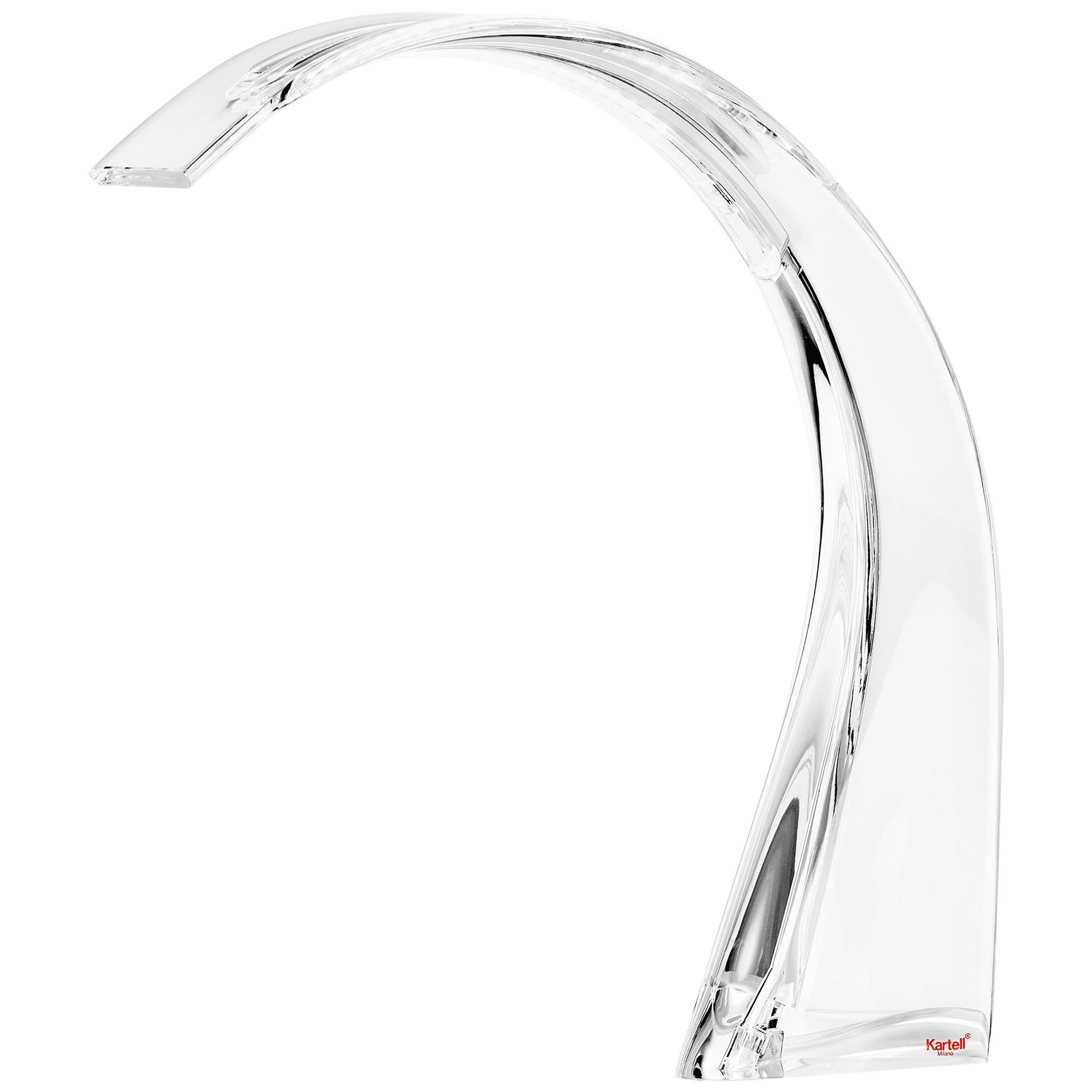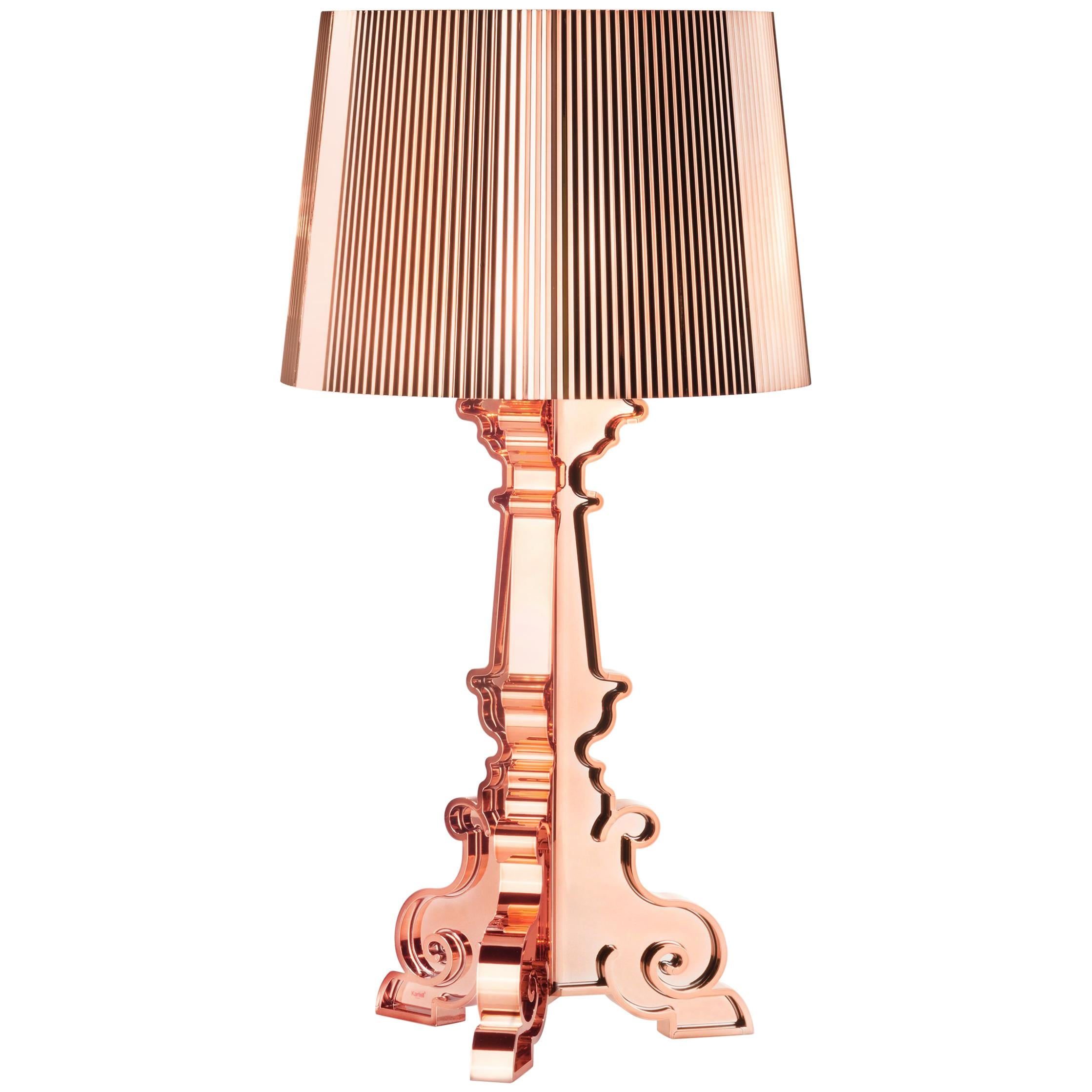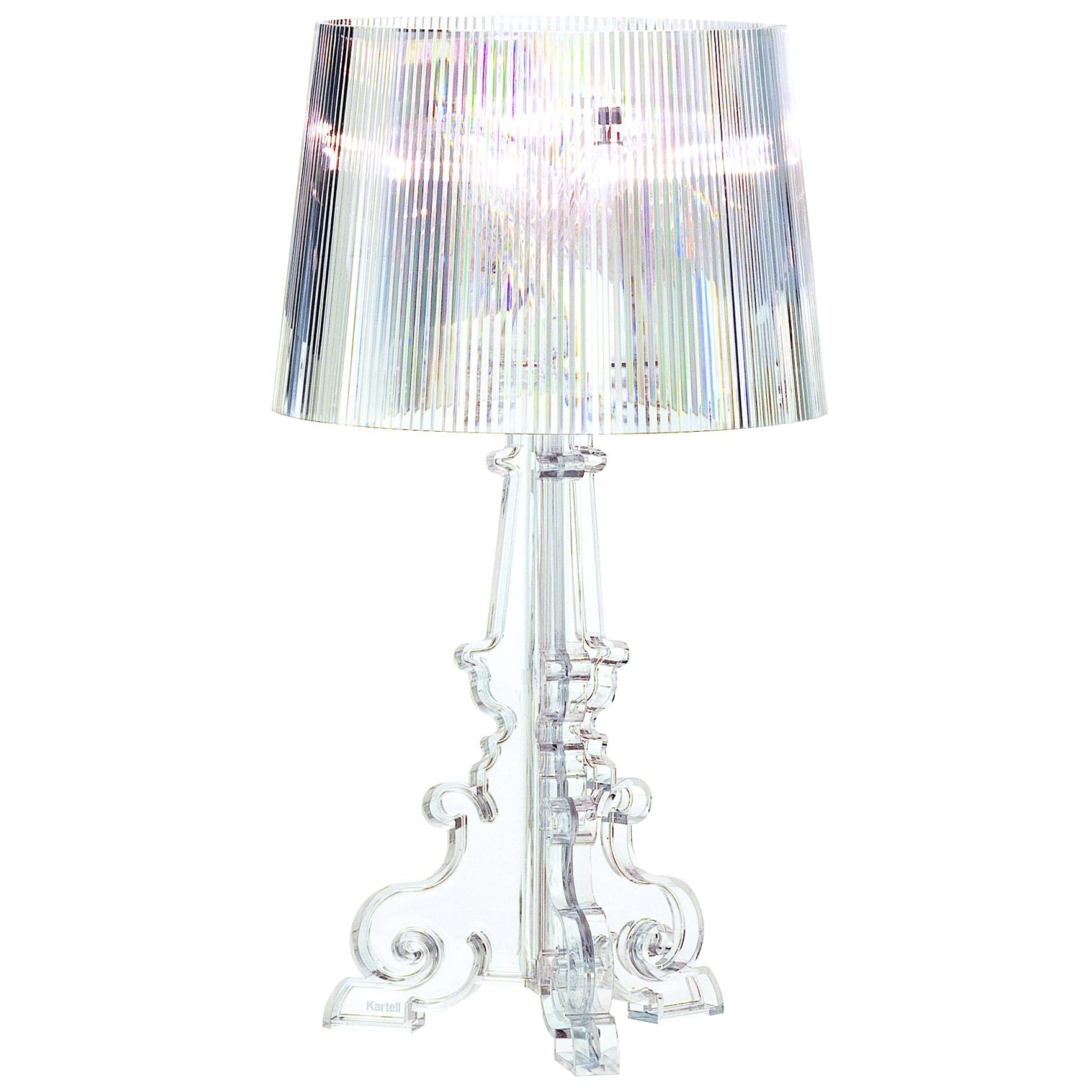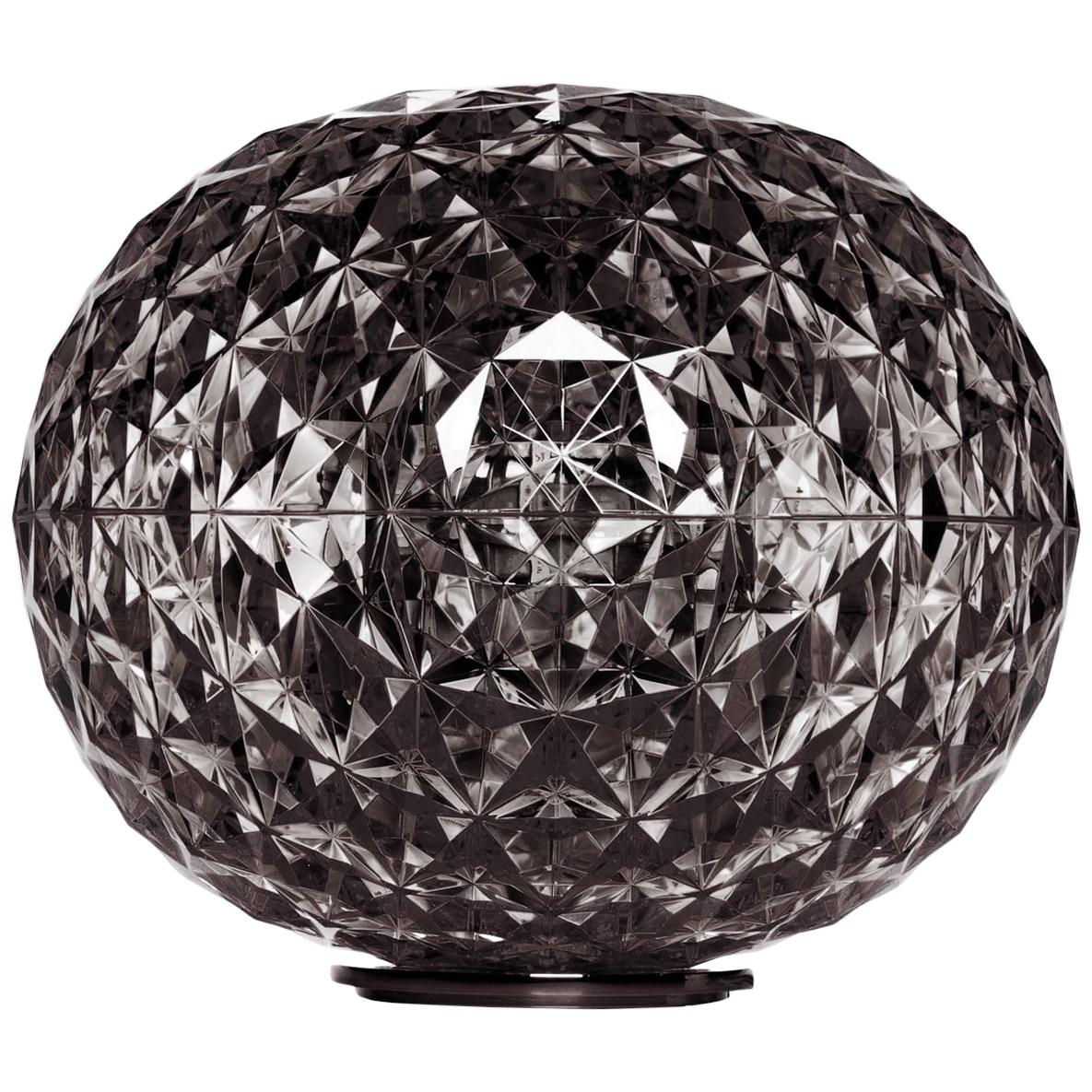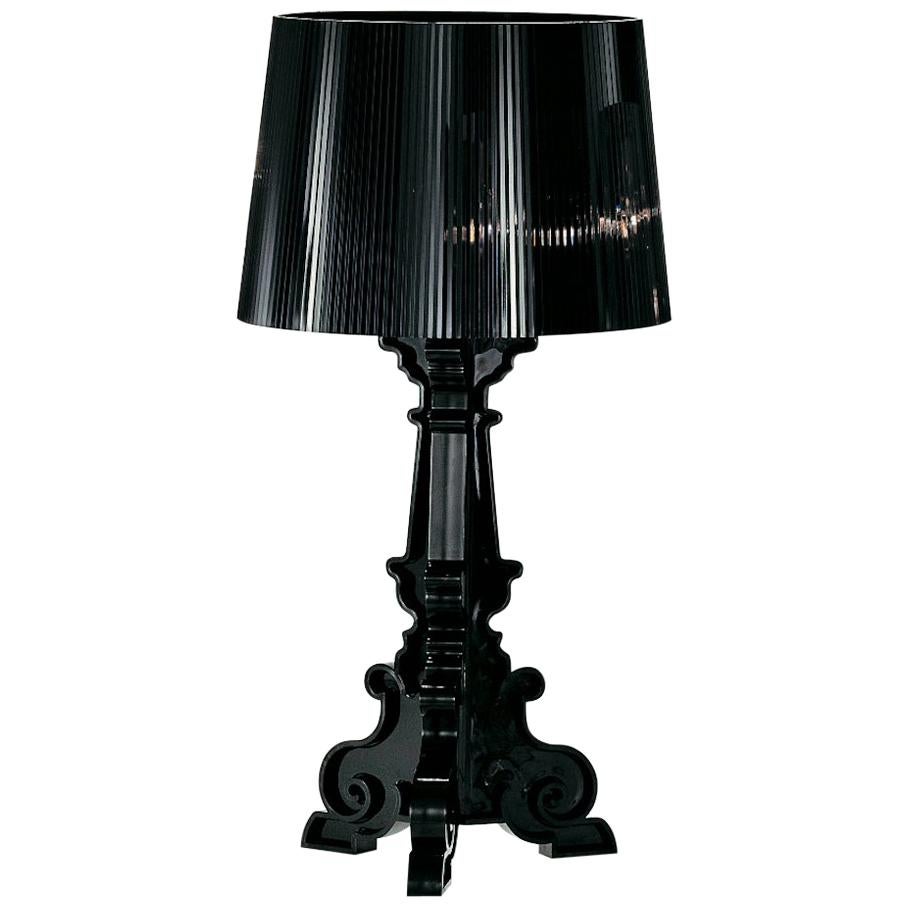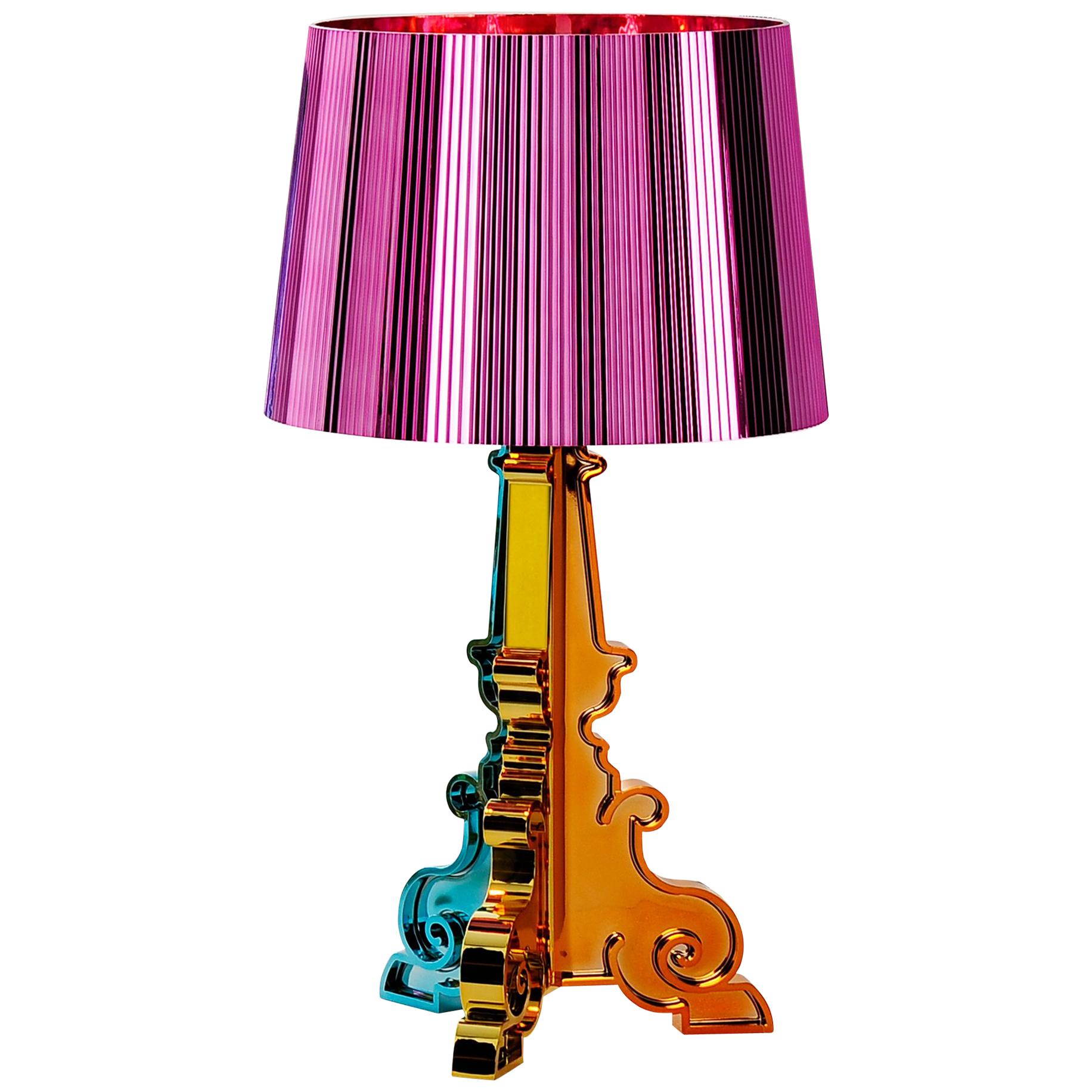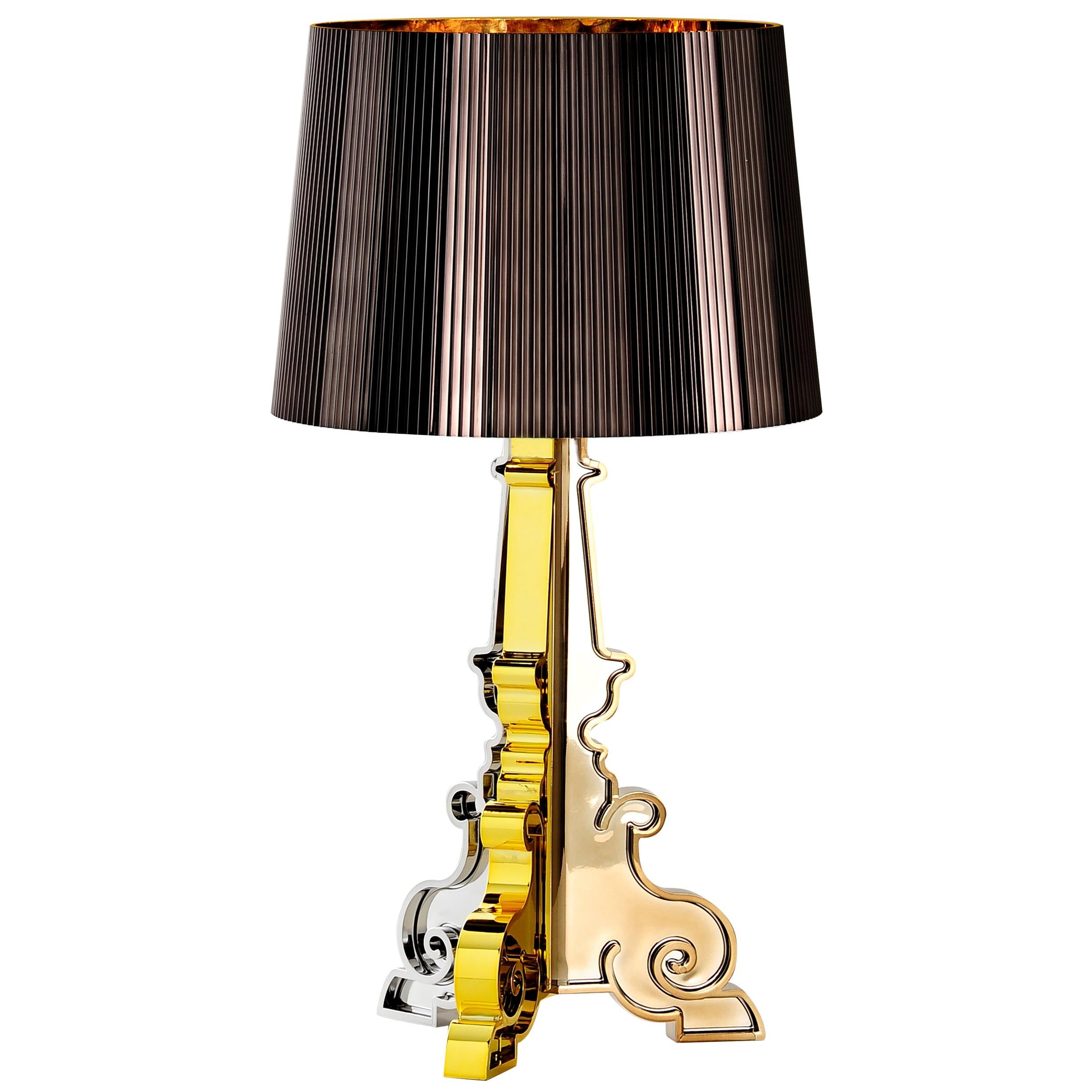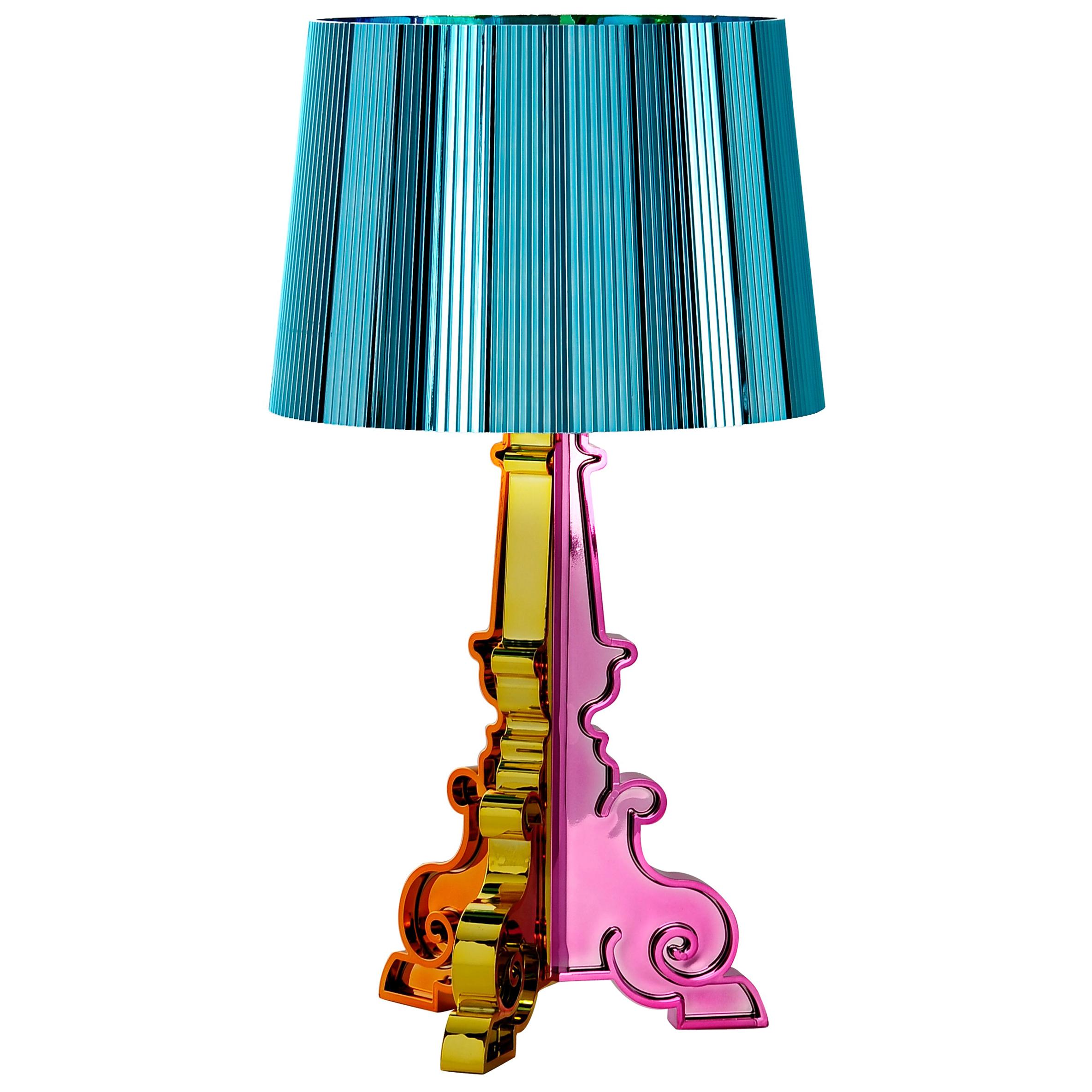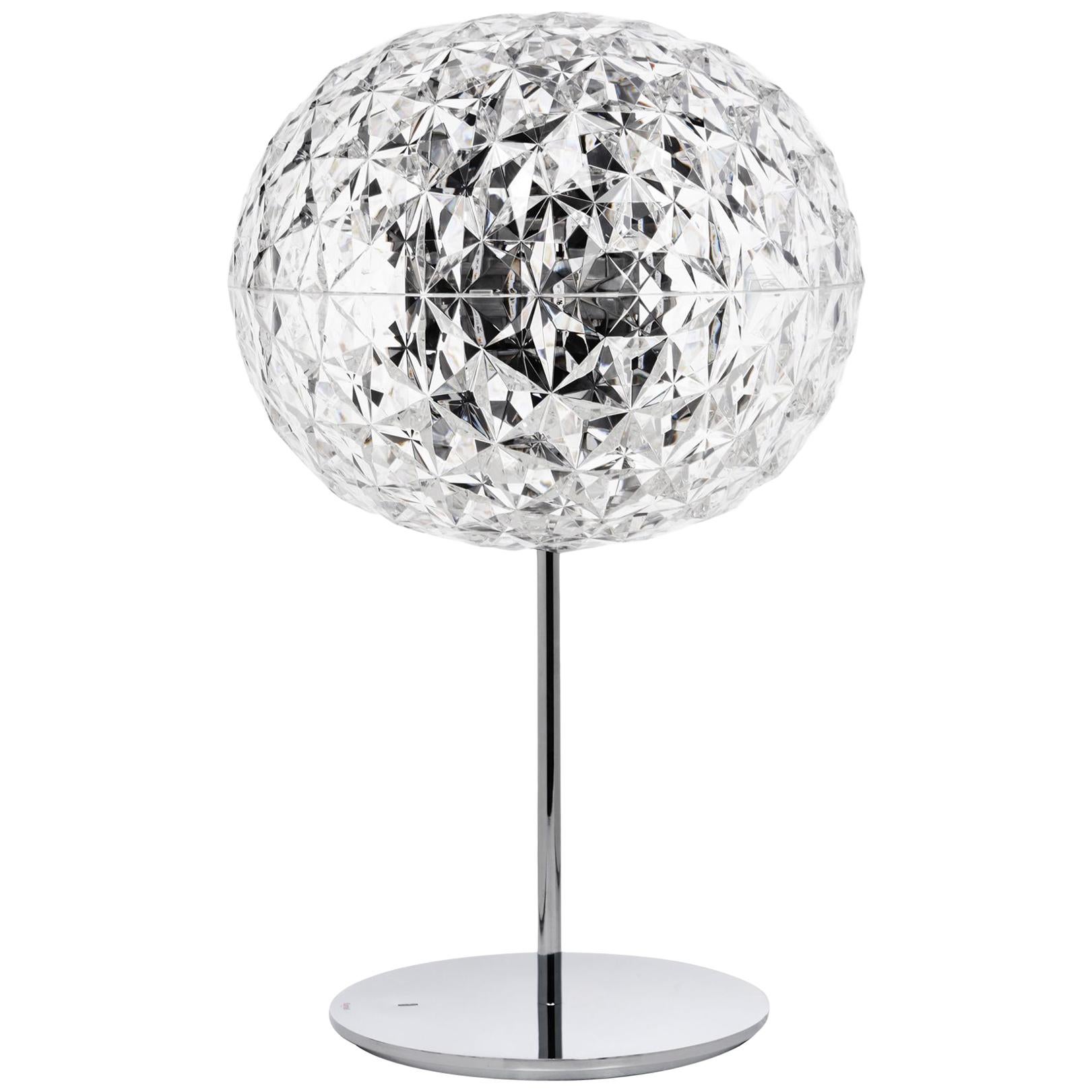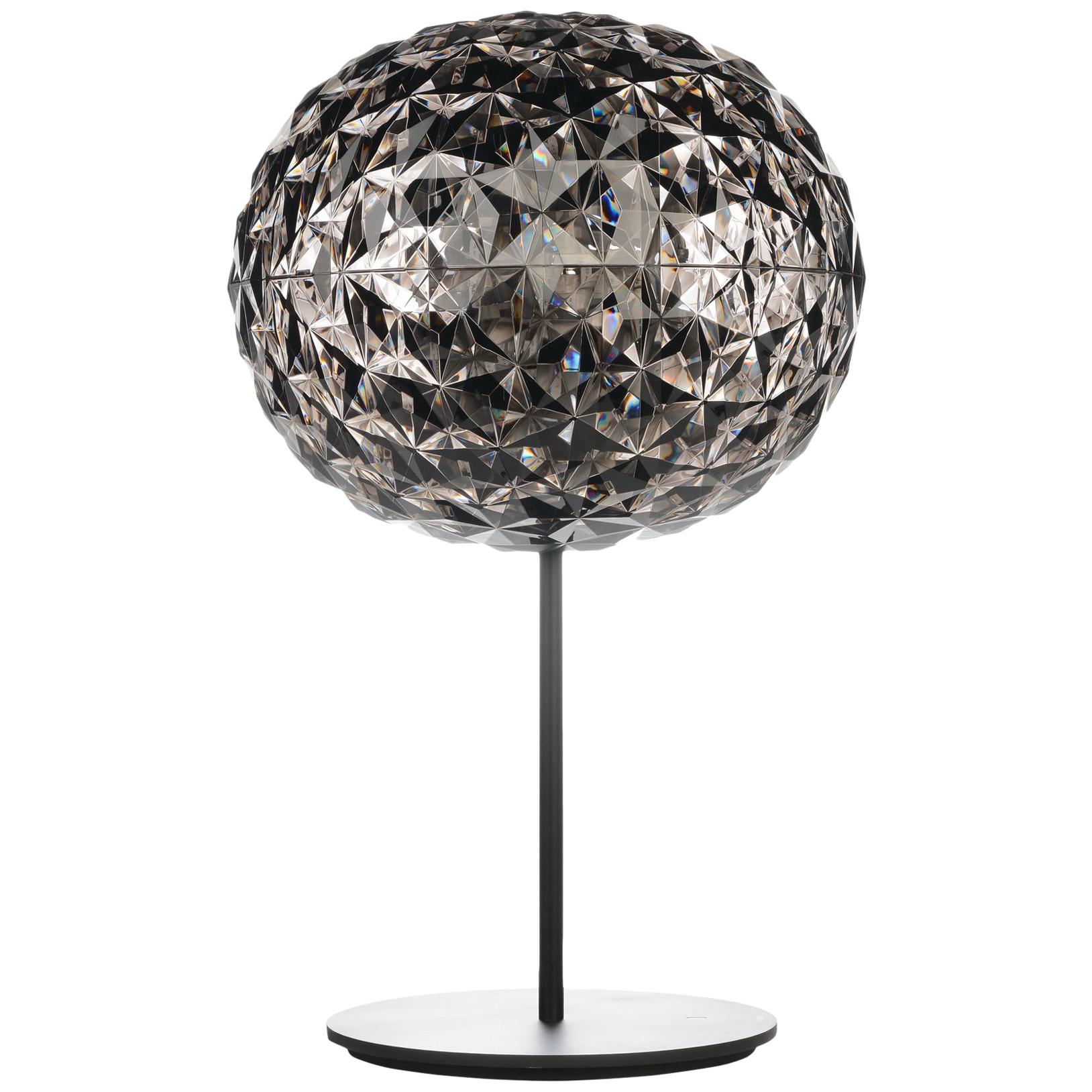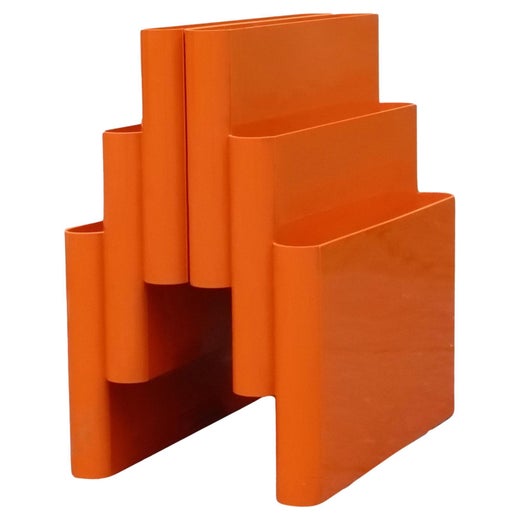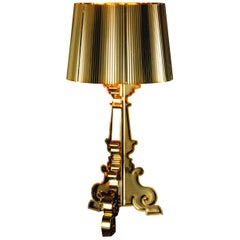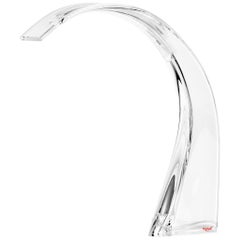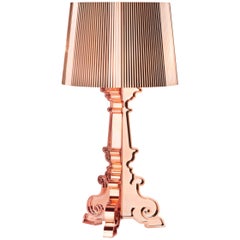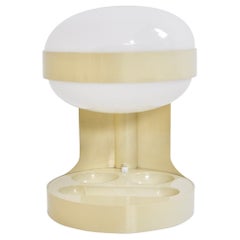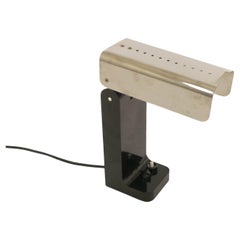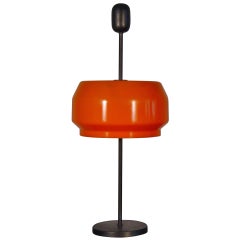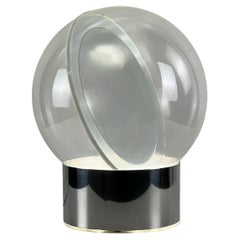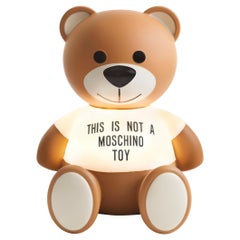
Kartell Toy Lamp Moschino Design by Jeremy Scott
View Similar Items
Kartell Toy Lamp Moschino Design by Jeremy Scott
About the Item
- Creator:
- Dimensions:Height: 11.82 in (30 cm)Width: 9.45 in (24 cm)Depth: 9.85 in (25 cm)
- Style:Modern (In the Style Of)
- Materials and Techniques:
- Place of Origin:
- Period:
- Date of Manufacture:2022
- Production Type:New & Custom(Current Production)
- Estimated Production Time:2-3 weeks
- Condition:
- Seller Location:Brooklyn, NY
- Reference Number:Seller: UU8836/001stDibs: LU4536224244612
Moschino
The Moschino story begins in the early 1980s, when Franco Moschino (1950–94), a freelance magazine illustrator and Gianni Versace collaborator, founded a label in Italy whose ethos was all about having fun.
Moschino initially pursued a degree in painting at Milan's Brera Academy of Fine Arts during the late 1960s, turning to freelance illustration to help pay his way through school. He found inspiration in Pop art, Dadaism and bold graphics. During the 1970s, he began to work for Gianni Versace’s now-legendary house as a sketcher and freelanced as a clothing designer with other fashion labels. In 1983, encouraged by Versace, he launched his own extravagant and excessive couture collection.
Moschino's expertly tailored, vibrant designs for casual wear and more, each adorned with loud, playful details, spoofed the chic high fashion of the day, and Franco's close relationship with fine art — as well as his eye for innovation — welcomed comparisons to Elsa Schiaparelli over the years. The label’s work essentially mocked the industry even as its hand fed Moschino, with the founder emblazoning shirts with slogans such as “Good taste doesn’t exist” or embroidering jackets with the phrase “Waist of money,” while the theatrical shows were positioned with an undercurrent of critique.
Today, the Metropolitan Museum of Art holds two vintage Moschino handbags in its collection: one shaped like a milk carton and the other an iron.
“Under all the surface witticisms, [Moschino] had a serious knack for running class pieces through a wringer of irony or Surrealism,” observed Vogue. “Chanel-isms were his favorite trope, though he also poked fun at Jean Paul Gaultier’s lingerie dressing and put out pasta bags in a parody of the Prada accessories craze.”
Accessories, jeans and the first men’s collection were presented at the Regal Palace in Milan in 1985, with his Moschino Jeans womenswear collection following in 1986. Then Moschino released Moschino for Women, its first fragrance, the next year in Europe.
In 1988, long before brands had considered the concept of a spin-off, Moschino bowed its cheeky diffusion line for men and women, Moschino Cheap and Chic, during the shows in Milan. The label thrived, adding its first stores in Italy and campaigning for eco-friendly fur. Its retrospective-slash-fashion show “X Years of Kaos” in the early 1990s benefited a children’s AIDS organization.
After Moschino’s untimely death at the age of 44 from AIDS complications, Rossella Jardini, his longtime friend and colleague, took the reins. She carried the torch for nearly 20 years, adding eyewear, watches and jewelry. American designer Jeremy Scott was named creative director in 2013.
Scott, who grew up on a farm and once unveiled a collection of evening dresses charred with burn marks, imbues all his work with a message of inclusion, be it his Fast Food collection in 2014 (hot dog dress included) or Moschino Barbie.
“I don’t care if the critics don’t like me,” Scott told Vogue. “I want to be the people’s designer, like Diana was the people’s princess.”
Find vintage Moschino clothing on 1stDibs.
Kartell
The Italian design giant Kartell transformed plastic from the stuff of humble household goods into a staple of luxury design in the 1960s. Founded in Milan by Italian chemical engineer Giulio Castelli (1920–2006) and his wife Anna Ferrieri (1918–2006), Kartell began as an industrial design firm, producing useful items like ski racks for automobiles and laboratory equipment designed to replace breakable glass with sturdy plastic. Even as companies like Olivetti and Vespa were making Italian design popular in the 1950s, typewriters and scooters were relatively costly, and Castelli and Ferrieri wanted to provide Italian consumers with affordable, stylish goods.
They launched a housewares division of Kartell in 1953, making lighting fixtures and kitchen tools and accessories from colorful molded plastic. Consumers in the postwar era were initially skeptical of plastic goods, but their affordability and infinite range of styles and hues eventually won devotees. Tupperware parties in the United States made plastic storage containers ubiquitous in postwar homes, and Kartell’s ingenious designs for juicers, dustpans, and dish racks conquered Europe. Kartell designer Gino Colombini was responsible for many of these early products, and his design for the KS 1146 Bucket won the Compasso d’Oro prize in 1955.
Buoyed by its success in the home goods market, Kartell introduced its Habitat division in 1963. Designers Marco Zanuso and Richard Sapper created the K1340 (later called the K 4999) children’s chair that year, and families enjoyed their bright colors and light weight, which made them easy for kids to pick up and move. In 1965, Joe Colombo (1924–78) created one of Kartell’s few pieces of non-plastic furniture, the 4801 chair, which sits low to the ground and comprised of just three curved pieces of plywood. (In 2012, Kartell reissued the chair in plastic.) Colombo followed up on the success of the 4801 with the iconic 4867 Universal Chair in 1967, which, like Verner Panton’s S chair, is made from a single piece of plastic. The colorful, stackable injection-molded chair was an instant classic. That same year, Kartell introduced Colombo’s KD27 table lamp. Ferrierei’s cylindrical 4966 Componibili storage module debuted in 1969.
Kartell achieved international recognition for its innovative work in 1972, when a landmark exhibition curated by Emilio Ambasz called “Italy: The New Domestic Landscape” opened at New York’s Museum of Modern Art. That show introduced American audiences to the work of designers such as Gaetano Pesce; Ettore Sottsass, founder of the Memphis Group; and the firms Archizoom and Superstudio (both firms were among Italy's Radical design groups) — all of whom were using wit, humor and unorthodox materials to create a bracingly original interior aesthetic.
Castelli and Ferrieri sold Kartell to Claudio Luti, their son-in-law, in 1988, and since then, Luti has expanded the company’s roster of designers.
Kartell produced Ron Arad’s Bookworm wall shelf in 1994, and Philippe Starck’s La Marie chair in 1998. More recently, Kartell has collaborated with the Japanese collective Nendo, Spanish architect Patricia Urquiola and glass designer Tokujin Yoshioka, among many others. Kartell classics can be found in museums around the world, including MoMA, the Victoria and Albert Museum and the Cooper Hewitt, Smithsonian Design Museum. In 1999, Claudio Luti established the Museo Kartell to tell the company’s story, through key objects from its innovative and colorful history.
Find vintage Kartell tables, seating, table lamps and other furniture on 1stDibs.
More From This Seller
View All21st Century and Contemporary Italian Modern Table Lamps
Plastic
21st Century and Contemporary Italian Modern Table Lamps
Resin
21st Century and Contemporary Italian Modern Table Lamps
Plastic
21st Century and Contemporary Italian Modern Table Lamps
Metal
21st Century and Contemporary Italian Modern Table Lamps
Plastic
21st Century and Contemporary Italian Modern Table Lamps
Aluminum
You May Also Like
Vintage 1960s Italian Mid-Century Modern Table Lamps
Plastic
Vintage 1960s Italian Mid-Century Modern Table Lamps
Steel
Vintage 1950s Italian Mid-Century Modern Table Lamps
Brass
Antique 1660s Italian Mid-Century Modern Table Lamps
Mirror, Plexiglass
Vintage 1970s Italian Modern Table Lamps
Plastic
Early 2000s Italian Post-Modern Table Lamps
Plexiglass

